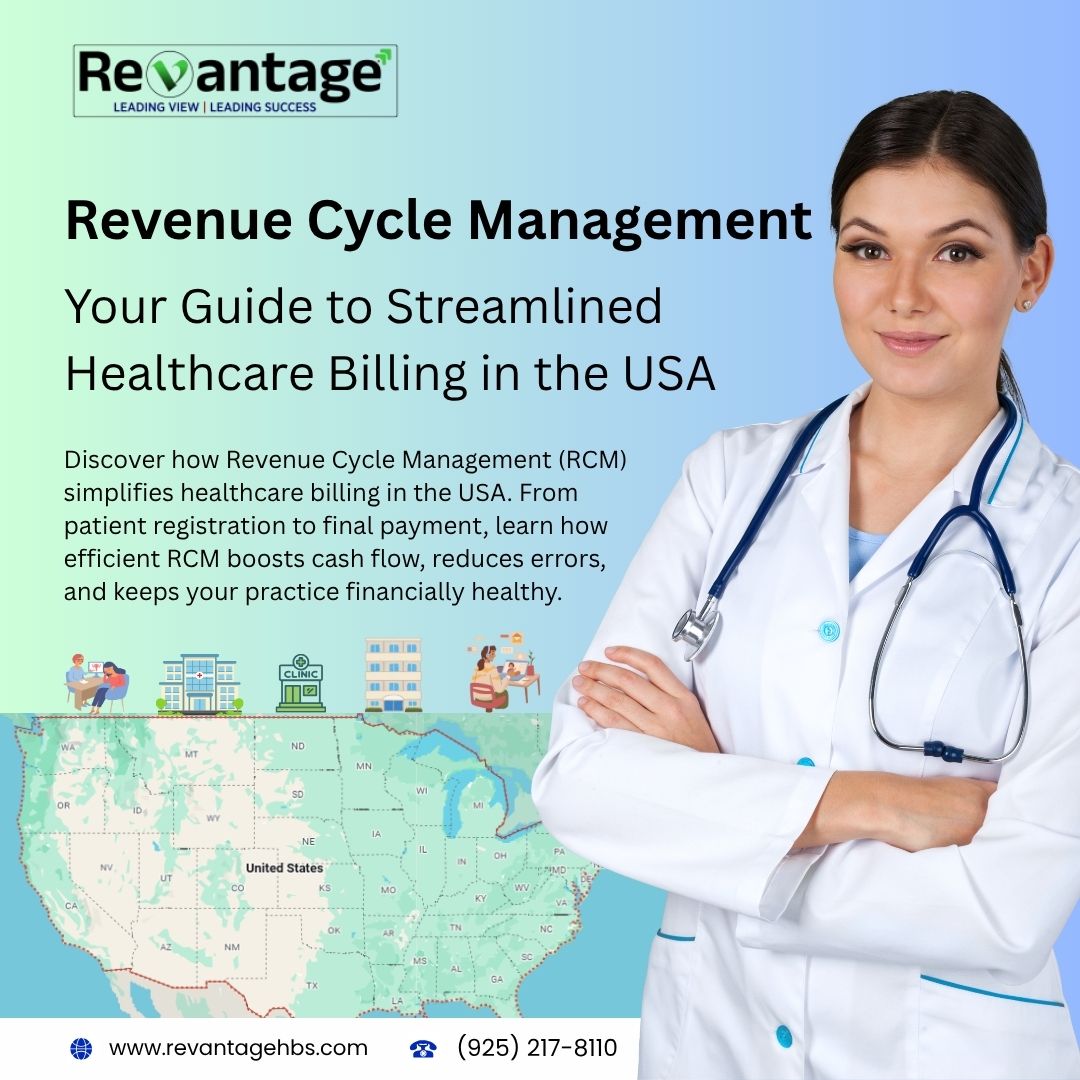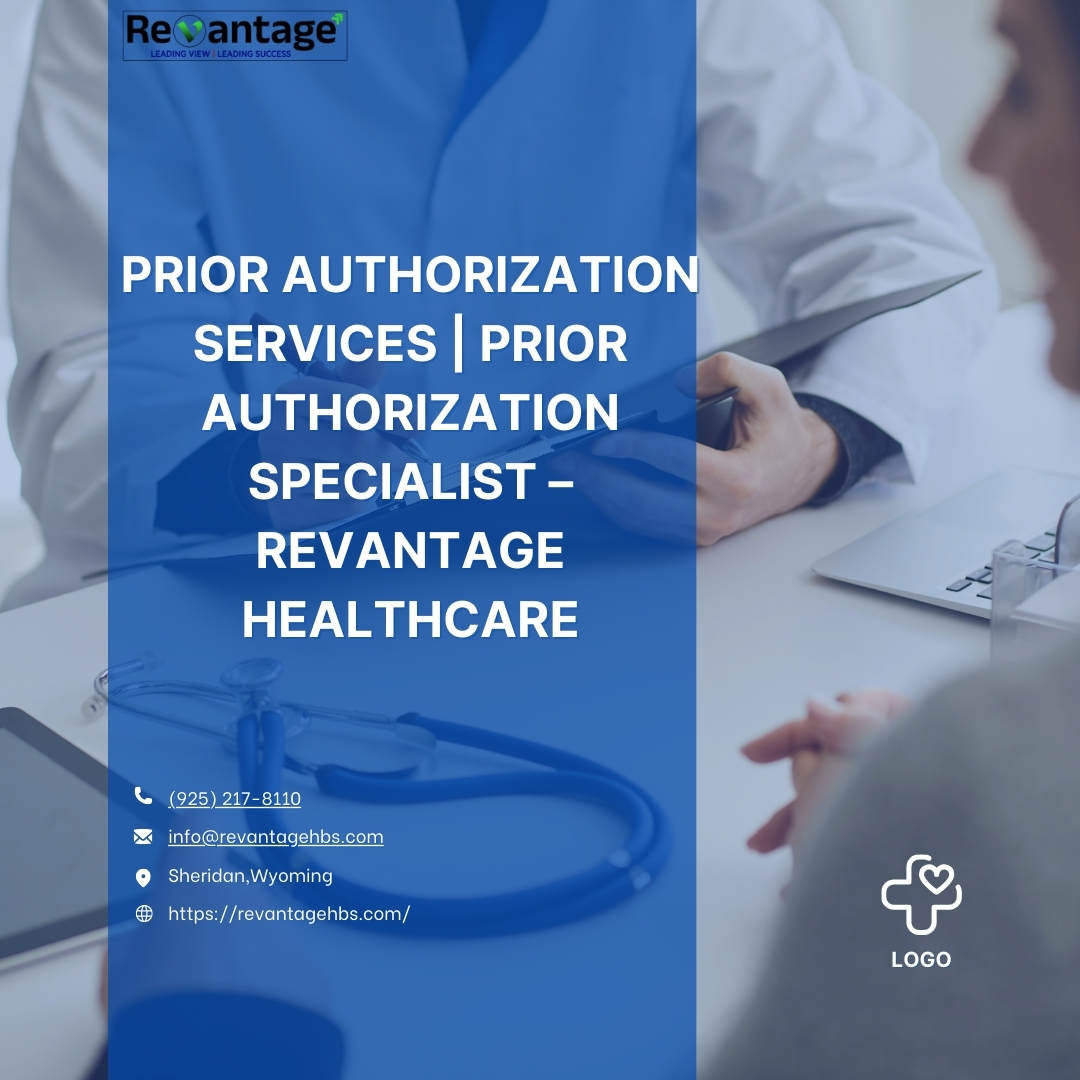At Revantage Healthcare we have understood that a healthy revenue cycle must start before any claim is created. It starts at the front desk-at the moment a patient walks in. It identifies one of the critical components of that encounter as the verification of insurance eligibility.
Diligent and accurate eligibility checks reduce denials, hasten collections, and free administrative burden. Here are the top five best practices that every medical practice should implement for seamless operations and robust cash flow.
Do not rely on previous notes or for that matter assume a patient’s insurance has no changes; patients often tend to change or update their plans from time to time, with open enrollment being a common reason for about so. Therefore, at any appointment, the advisor must ask to see the patient’s card and confirm coverage in real-time before commencing any further steps.
Failure to do this will result in:
• Erroneous insurance details against the profile
• Increased self-pay accounts
• Higher denial rates
• More work for billing staff later
Revantage Tip: Check real-time eligibility integration into the workflow to make the process seem seamless for the front-desk team.
2. Train Staff to Read and Interpret Eligibility Responses
Extracting the eligibility information is meaningless unless the staff knows how to interpret that information. Sometimes, a policy could be active but may not cover the services being provided.
Training enables staff to:
• Recognize active/inactive policy
• Discover exclusions and limitations
• Know about co-pays, deductibles, and co-insurance
Understanding these concepts will give staff greater confidence to collect patient responsibility upfront while inoffensively supporting the patient.
3. Leverage Your Billing Partner to Identify Missed or Hidden Coverage
Patients do not always reveal a secondary insurance or could be honestly unaware of the retroactive coverage. This could cause missed reimbursement chances and undue write-offs.
A proactive billing company is, Revantage Healthcare-helps your practice with:
• Missed active coverages that may have been traced at registration
• Claims getting filed within timely limits
• Preventing premature collections on those accounts
• Allowing internal staff to concentrate on complex patient cases
This way, no amount of eligible revenue is left unattended.
4. Collect Patient Responsibility Before Discharge
Eligibility checks should do more than validate coverage; they should also allow for estimating and collecting patient dollars before the patient ever leaves the facility.
Train your staff in determining:
• Co-pays
• Deductibles
• Co-insurance amounts
Collecting these payments before the patient leaves helps to:
• Minimize the costs associated with patient statements
• Reduce administrative follow-up activity
• Enhance cash flow
• Lessen reliance on third-party collection agencies
Insight from Revantage: When patients know their financial responsibility before the service is provided, they are likely to pay on time, leaving your team to dodge an unpleasing follow-up conversation later on.
5. Choose a Flat-Fee Eligibility Model for Predictable Budgeting
Still, many practices work with vendors that charge a per-transaction fee for eligibility, as well as limits on that number with overage fees. Such procedures discourage staff from performing insurance verification freely, causing a real pain in budgeting.
A better option? Working with a billing company or eligibility platform that has flat monthly pricing for whatever number of transactions you run.
These include:
• Fixed-costs
• Unlimited verification without fear of overage charges
• Greater staff buy-in
• Better budgeting
Revantage loves working with tools that afford unlimited eligibility checks to streamline practice operations without hidden costs.
Final Thoughts
 Want to quickly enhance eligibility workflow?
Want to quickly enhance eligibility workflow? Want to work on lowering denials and increasing collections?
Want to work on lowering denials and increasing collections?




